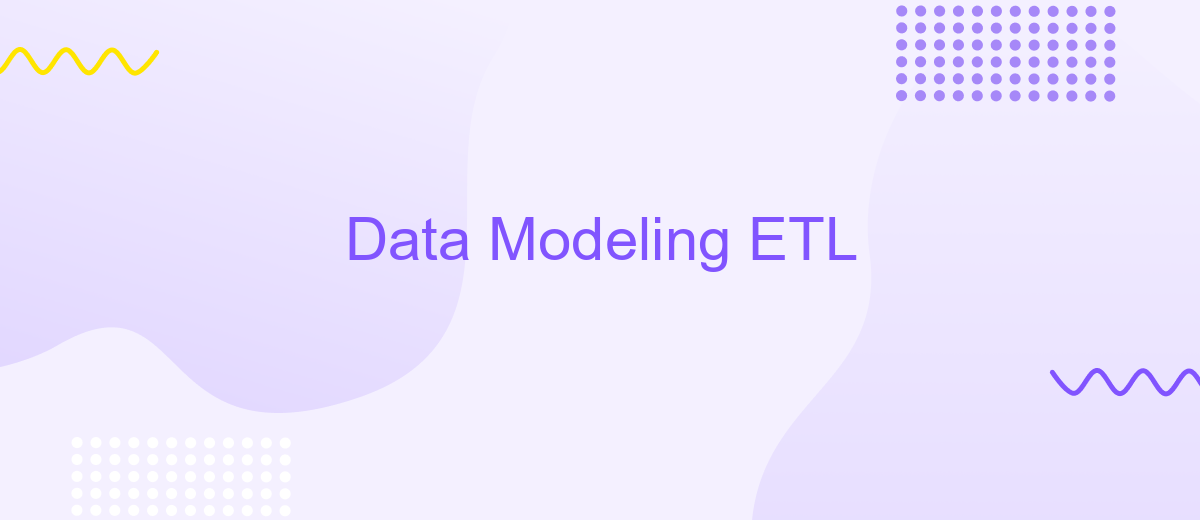Data Modeling ETL
Data modeling and ETL (Extract, Transform, Load) are crucial components in the realm of data management and analytics. Data modeling involves structuring and organizing data to fit specific business needs, while ETL processes ensure that data is accurately extracted, transformed, and loaded into the desired systems. Together, they enable efficient data integration and provide a foundation for insightful analysis.
Introduction to Data Modeling ETL
Data Modeling in ETL (Extract, Transform, Load) processes is crucial for effectively managing and utilizing data within an organization. It involves designing a structured framework that allows data to be extracted from various sources, transformed into a usable format, and loaded into a target system for analysis and reporting. This structured approach ensures data consistency, quality, and accessibility.
- Extract: Data is gathered from different sources such as databases, APIs, and flat files.
- Transform: The collected data is cleaned, formatted, and transformed into a suitable structure.
- Load: The transformed data is loaded into a target database or data warehouse for further use.
Effective data modeling in ETL processes can be enhanced by using integration services like ApiX-Drive. ApiX-Drive allows seamless integration between various data sources and target systems, automating the data extraction and loading processes. This reduces manual effort, minimizes errors, and ensures that data is always up-to-date and ready for analysis, ultimately aiding in better decision-making and operational efficiency.
Data Modeling and Data Warehousing Concepts

Data modeling is a crucial aspect of designing a data warehouse, as it defines the structure and organization of the data. It involves creating abstract representations of the data, known as data models, which depict the relationships between different data elements. These models are essential for ensuring data consistency, integrity, and accessibility. Common data modeling techniques include Entity-Relationship (ER) modeling and dimensional modeling, which help in structuring the data to support efficient querying and reporting.
Data warehousing, on the other hand, involves the process of collecting, storing, and managing large volumes of data from various sources to facilitate business intelligence activities. A well-designed data warehouse integrates data from disparate systems, enabling comprehensive analysis and reporting. Tools like ApiX-Drive can simplify the integration process by automating data transfers between different platforms, ensuring a seamless flow of information into the data warehouse. Effective data modeling and warehousing practices are fundamental to harnessing the full potential of data for strategic decision-making.
Extraction, Transformation, and Loading (ETL) Processes

Extraction, Transformation, and Loading (ETL) processes are fundamental to data modeling, ensuring that data is accurately collected, transformed, and loaded into a data warehouse. The extraction phase involves retrieving data from various sources such as databases, APIs, or flat files. This phase is critical as it ensures that only relevant data is collected for further processing.
- Extraction: Gather data from multiple sources, ensuring data quality and relevance.
- Transformation: Cleanse, format, and enrich the data to meet specific business requirements.
- Loading: Insert the transformed data into a target database or data warehouse for analysis.
During the transformation phase, tools like ApiX-Drive can be utilized to automate data integration, ensuring seamless data flow between various applications and databases. This automation not only reduces manual effort but also minimizes errors, enhancing data accuracy. Finally, the loading phase involves importing the transformed data into a target system, where it can be accessed for reporting and analysis, driving informed business decisions.
Data Modeling Techniques and Best Practices

Effective data modeling is crucial for the success of ETL processes. It ensures that data is accurately represented and efficiently transformed, leading to better decision-making and streamlined operations. Several techniques and best practices can be employed to optimize data modeling efforts.
One essential technique is normalization, which involves organizing data to reduce redundancy and improve data integrity. Another important method is denormalization, which, conversely, involves combining data to improve query performance. Both techniques have their place depending on the specific needs of the ETL process.
- Use clear and consistent naming conventions for tables and columns.
- Implement data validation rules to ensure data quality.
- Document your data models thoroughly to facilitate understanding and maintenance.
- Leverage tools and services like ApiX-Drive to automate and streamline data integration processes.
By following these best practices, data modeling can greatly enhance the efficiency and accuracy of ETL processes. Ensuring that your data is well-structured and easily accessible will lead to more reliable analytics and better business outcomes.
Case Studies and Applications of Data Modeling ETL
One notable case study in the realm of Data Modeling ETL involves a large e-commerce company that needed to integrate data from multiple sources to enhance its customer insights. By implementing a robust ETL process, the company was able to streamline data collection, transformation, and loading into a centralized data warehouse. This enabled real-time analytics and improved decision-making, ultimately boosting sales and customer satisfaction. The use of advanced data modeling techniques ensured the accuracy and consistency of the data, providing a reliable foundation for business intelligence activities.
Another practical application of Data Modeling ETL can be seen in the healthcare sector, where hospitals and clinics often rely on multiple disparate systems for patient records, billing, and treatment plans. By utilizing services like ApiX-Drive, healthcare providers can automate the integration of these systems, ensuring seamless data flow and reducing manual errors. ApiX-Drive facilitates the synchronization of data across platforms, making it easier to maintain up-to-date patient information and improve overall healthcare delivery. This integration not only enhances operational efficiency but also supports better patient outcomes by providing healthcare professionals with comprehensive and accurate data.
FAQ
What is ETL in data modeling?
Why is data modeling important in ETL processes?
What are the common challenges in ETL processes?
Can ETL processes be automated?
How often should ETL processes be run?
Routine tasks take a lot of time from employees? Do they burn out, do not have enough working day for the main duties and important things? Do you understand that the only way out of this situation in modern realities is automation? Try Apix-Drive for free and make sure that the online connector in 5 minutes of setting up integration will remove a significant part of the routine from your life and free up time for you and your employees.

